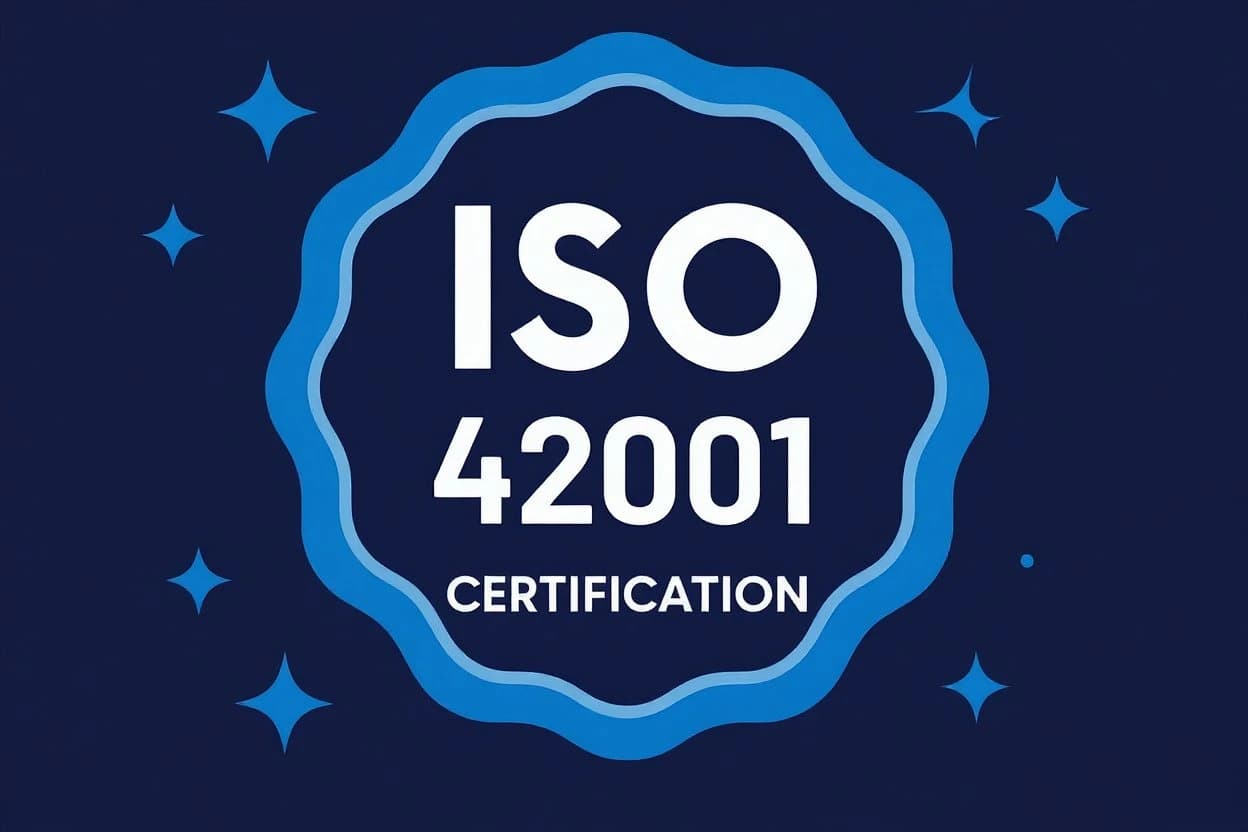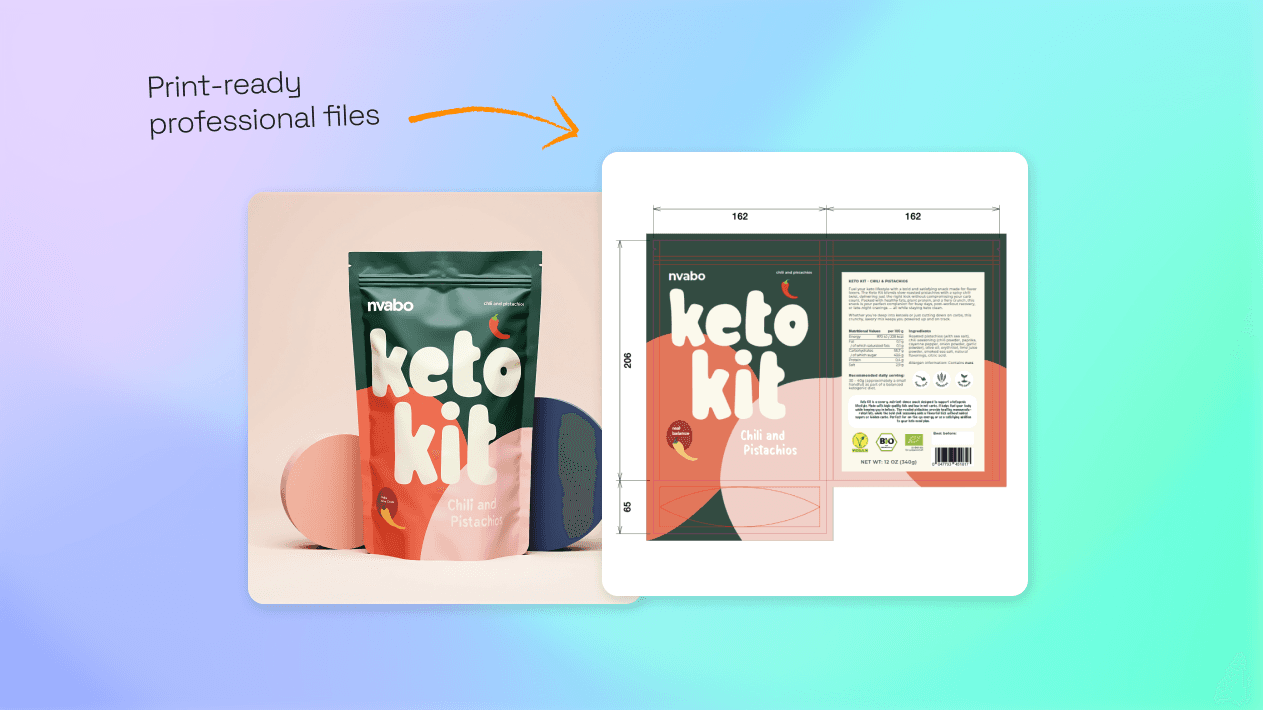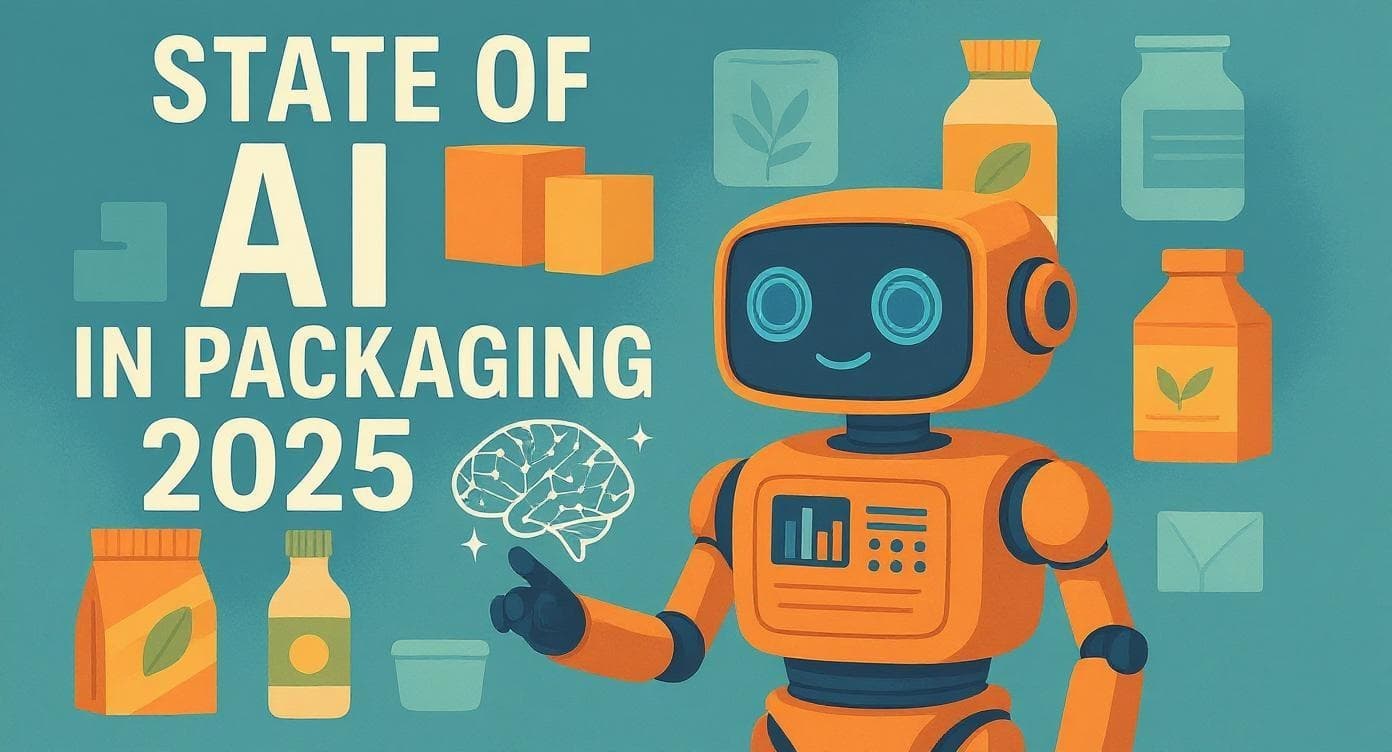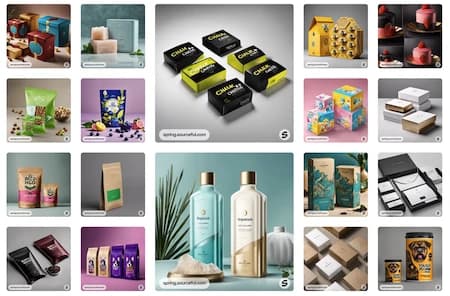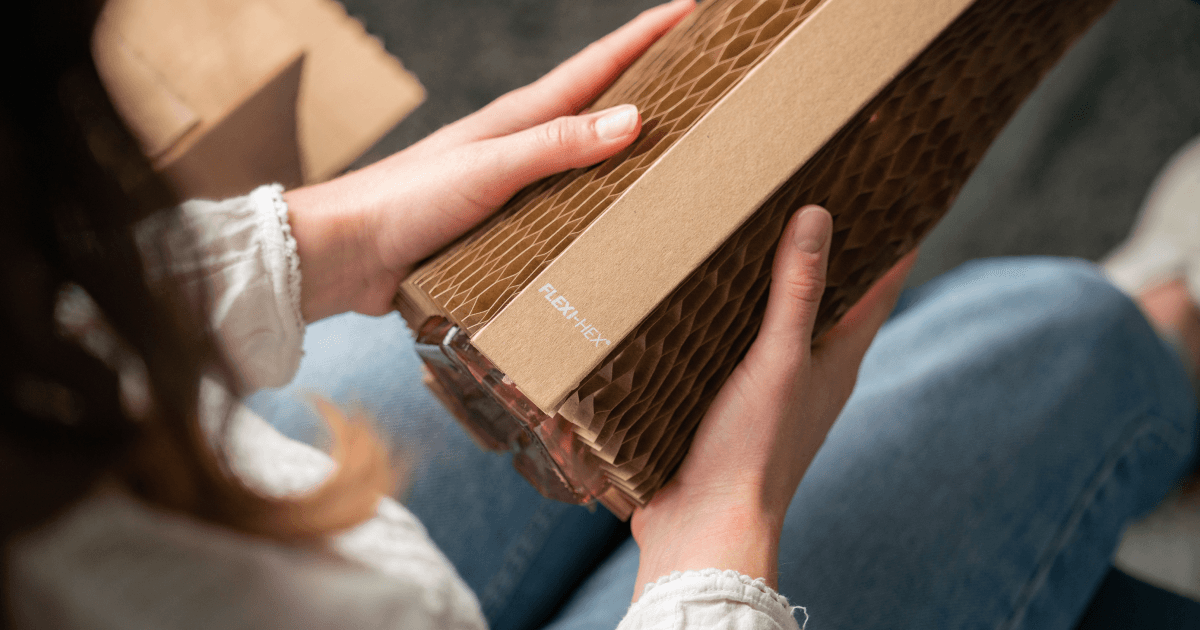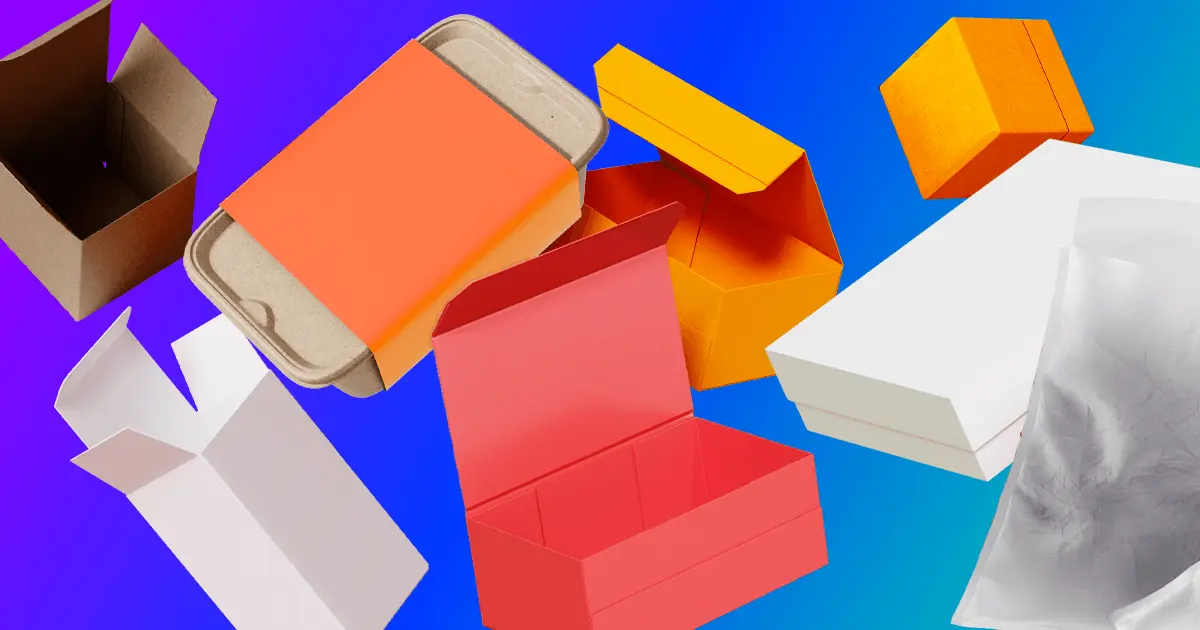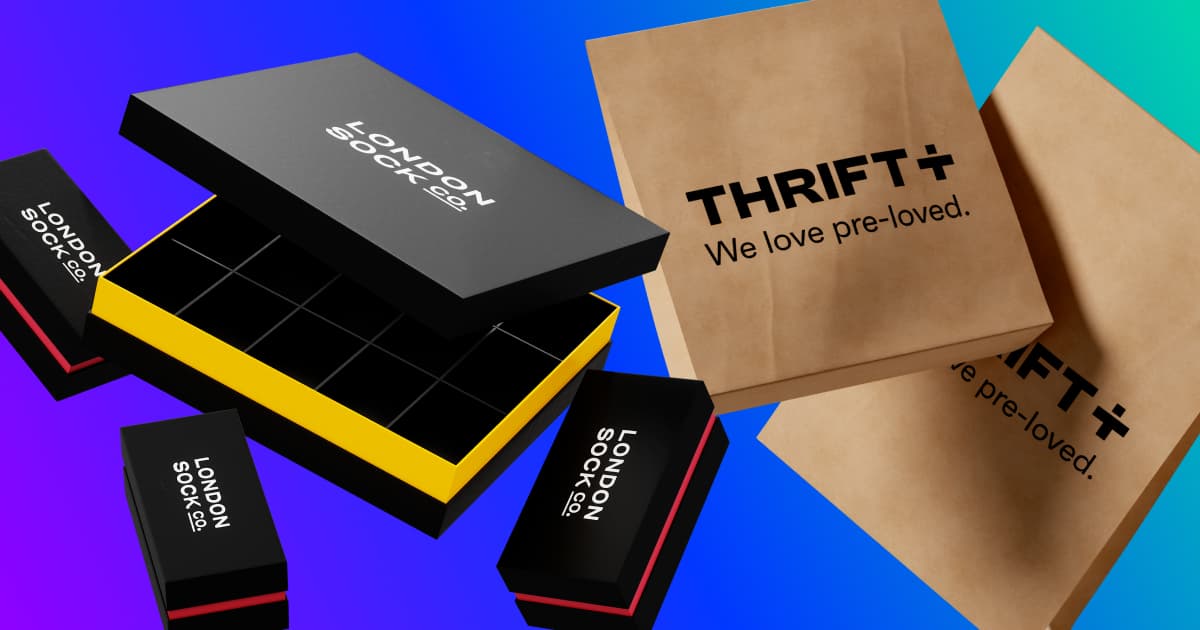Blog PostHow Patagonia, LEGO & IKEA grow with green marketing
- Sustainability
- Marketing
- Innovation
Kris MooreJanuary 5, 2022 - 5 min read
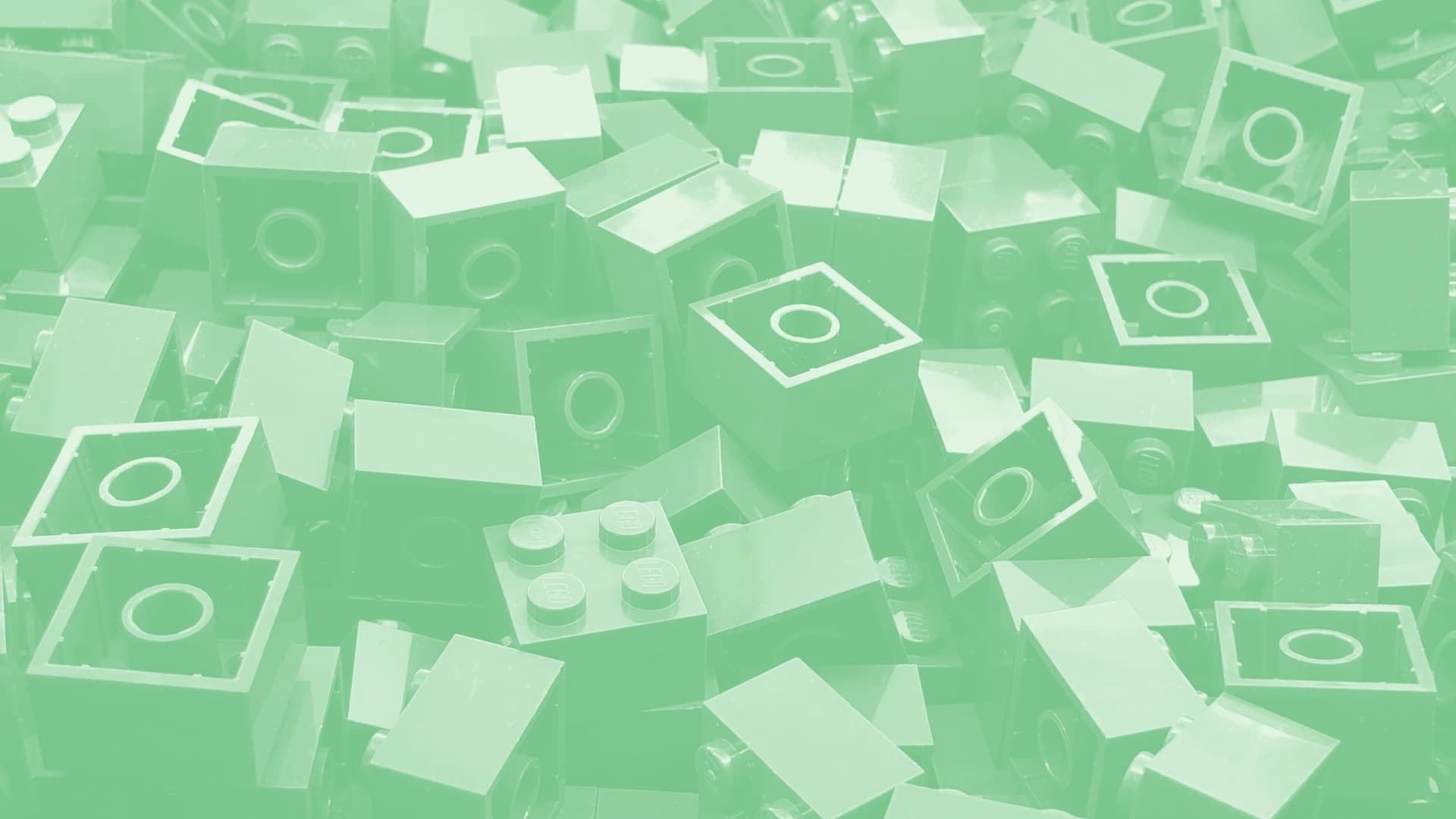
Green marketing (also known as green advertising) is similar to greenwashing, with one crucial difference — it's genuine. Instead of a company making false environmental claims, green marketing is based on true green credentials. It's about being, and trying to be, more sustainable, and using facts to talk about it.
Why is green marketing important? To showcase social responsibility, raise awareness of environmental issues and drive demand for products that are kinder to the planet. Advertising a switch to recycled packaging is one example of green marketing. Announcing that you're now FSC certified is another. And donating a percentage of your sales to environmental groups is a third.
Here's a look at three companies known for their green marketing, and how they do it.
Patagonia
In 2007, Patagonia launched the Footprint Chronicles, an online portal that allowed anyone to see where each product was made, how it was made and what it was made from. It was a direct way for consumers to learn about a product's supply chain and use those insights to make better, more informed decisions.
Importantly though, Patagonia didn't just include the good facts. They included the bad too. They talked openly about the drawbacks of each product and how they planned to improve. It was an act of radical transparency, allowing everyone to see the good, the bad and the ugly. Why did Patagonia do it? Because green marketing is about transparency. And because transparency leads to awareness, progress and loyalty.
Patagonia is also a certified B Corp; a globally recognised group of companies that balance profit with purpose. To become certified, a company has to have a clear social or environmental purpose, and legally act on it. Patagonia not only excels as a B Corp year after year, but they were the first Californian company to be certified. Doing so was a powerful statement of their mission and a powerful green marketing tool.
Patagonia is also known for donating 100% of Black Friday sales to environmental groups and donating 1% of all sales to protecting the environment.
This is green marketing: talking the talk and walking the walk.
IKEA
“By 2030, all plastic used in our products will be based on renewable or recycled material". This is one of IKEA's many ambitious sustainability goals you can find on their website. Another states that they want all of their wool to be 100% responsibly sourced. Another is reducing their total carbon footprint by 70% per product by 2030.
IKEA's sustainability goals are inspiring, but what's arguably more important is how they back them up. When IKEA talk about switching to more sustainable plastics, they offer evidence that they really are doing it. For example, 85% of one their popular plastic bags is now made from renewable materials. And they phased out all single-use plastics from one product range in 2020. It's these specific facts that turn their bold claim into green marketing and not greenwashing.
In fact, IKEA has an entire section of their website dedicated to the company's sustainable efforts. Everything from introducing plant-based meatballs in their restaurants to designing water saving taps. They even share tips on how to live more sustainably, all whilst marketing their products as part of the solution.
This is green marketing: setting sustainability goals and proving that you're working on them.
LEGO
LEGO makes around 3,500 different pieces of their iconic plastic building blocks. And every year they produce over 50 billion pieces. Such a number isn't inherently bad, but when nearly all of those pieces are made from a petroleum-based plastic called acrylonitrile-butadiene-styrene (ABS), then it becomes a problem. Traditionally, LEGO has used ABS because it's rigid and allows their bricks to stick together. Or in other words, it makes them the perfect toy building material. But ABS is hard to recycle. And with increasing consumer angst around plastics, LEGO knew they had to change.
And they did. In 2018, LEGO announced that they plan to make all of their core products from sustainable materials by 2030. They also started innovating with new materials, making their first pieces from sugarcane, sourced with guidance from the World Wildlife Fund. And most recently, LEGO revealed its first prototype bricks made from recycled plastic bottles.
Like Patagonia, though, LEGO hasn't greenwashed their efforts, even if they are promising. LEGO says on their website that whilst over 80 pieces are now made from sugarcane, that's only 2% of the total pieces available.
This is green marketing: creating more sustainable products and being public about real progress.
Green marketing is fundamentally different than greenwashing. As Patagonia, IKEA and LEGO illustrate, green marketing is about making positive changes and talking about it with honesty. Loyalty awaits for brands that do.

